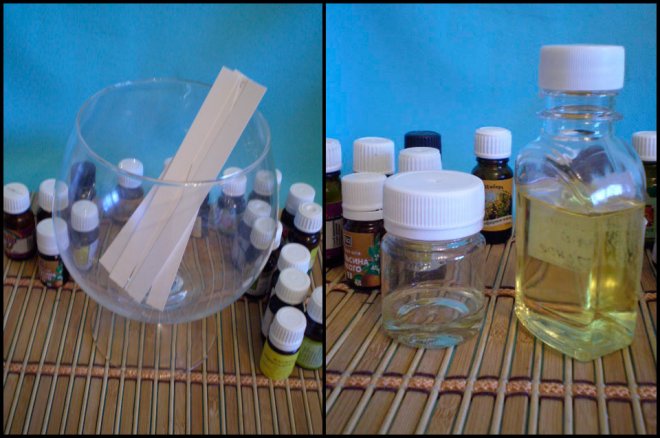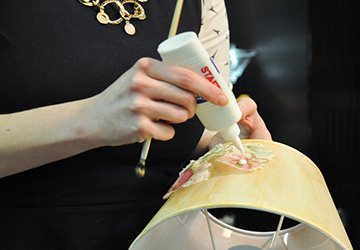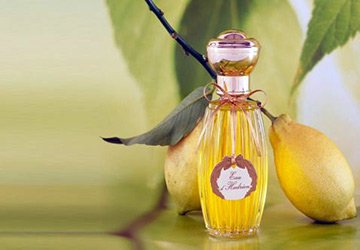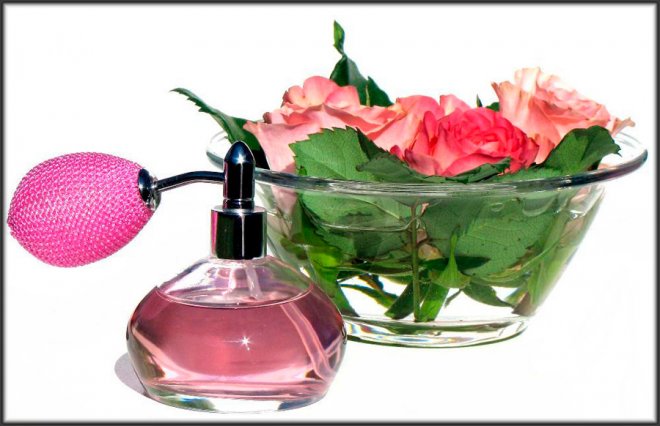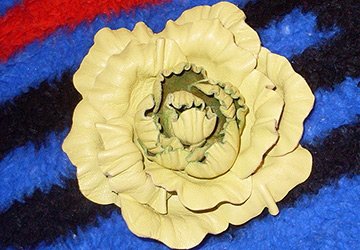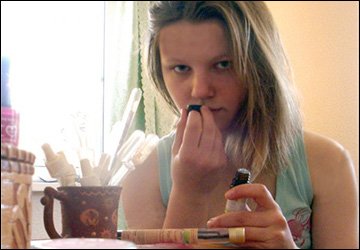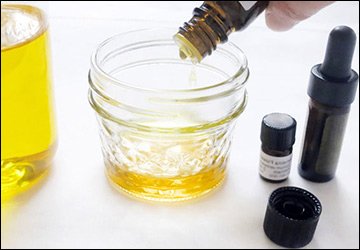Perfumery
Making perfume - Master class on making perfume at home
Traditionally, perfume was a mixture of phyto essences extracted from spices, herbs, flowers, leaves and wood, to which fixatives (substances that increase the duration of the smell) are added.
To create a perfume with our own hands, we need essential oils and a carrier base, in our case it is almond oil (or jojoba oil), a mixing bottle, photo paper cut into strips as blotters.
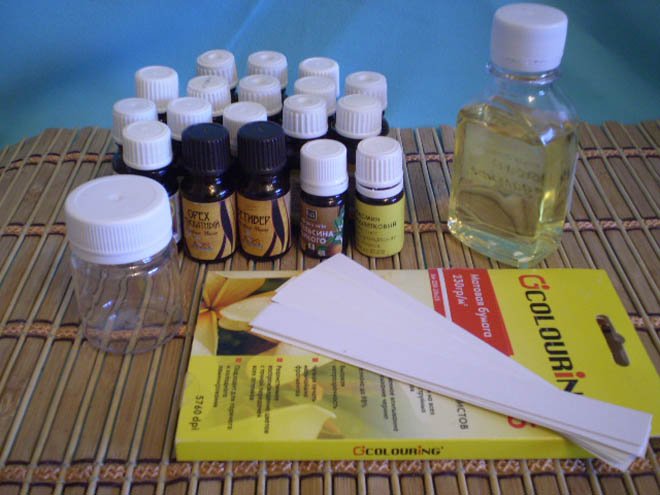
From essential oils, you can get a few for each note to begin with.
For example, the top note mainly includes citrus fruits - bergamot, grapefruit, orange, petitgrain, lemon.
To the heart note, you can take flowers: rose, jasmine, ylang-ylang (as a more economical option: geranium, carnation). Spices: cinnamon, coriander, nutmeg. Herbs: thyme, clary sage.
The base notes include wood oils, resins, plant roots.
Suitable for us are vetiver, sandalwood, patchouli and vanilla.
The main secret of the person who creates fragrances is not a keen sense of smell, but a creative emotional perception of smells.
As an artist owns paints, a perfumer must know the material with which he works. And therefore, before starting to compose a perfume composition, it is necessary to develop your olfactory memory.
This can take some time, from one day to several weeks, depending on how long it takes you to accurately recognize any of your essential oils.
After you have met, creatively characterized the fragrances and recorded them in your memory, you can start thinking about a perfume composition.
The structure of spirits, as mentioned above, consists of three parts: the initial notes, which are revealed very first, the heart notes and the so-called "trail" or base notes. They depend on the time of evaporation of the essential oils and the duration of the fragrance on the skin.
First, the heart of the future fragrance is created, in which the original vision of the perfumer is manifested, then a base is applied to the heart, emphasizing the main direction of the perfume, and lastly the top notes are added.
I will give an example of how, in principle, a natural perfumer works. This will help you in the future to independently create any compositions, just adding your own personality.
To begin with, we choose the direction of future spirits.
Let's say it will be floral oriental.
Take photo paper cut into 1 cm strips.
Apply a drop of essential oils to the edge of the strip from each note.
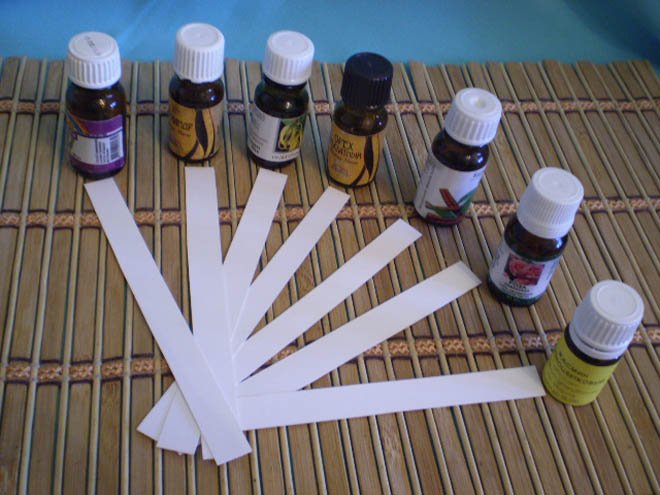
Combining them with a fan, with clean edges down, we bring them to the nose.
Also, for a more distinct perception of the mixing of aromas, you can use a large cognac glass.
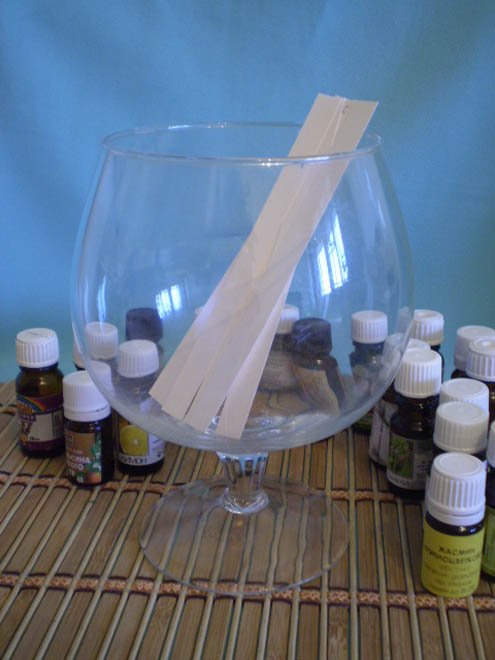
First, listen to the heart note, let it be: cinnamon, jasmine, rose, carnation.
We also try combinations: rose, jasmine, ylang-ylang, clary sage.
Etc.
For example, let's stop at a combination: jasmine, rose, cinnamon, sage, ylang-ylang.
We do the same with the base notes, choosing the best combination among the suitable essential oils.
For a fruity-citrus note, choose orange, grapefruit and bergamot as the top.
After that, you need to listen to the selected oils in the form of chords.
To do this, take one leading essential oil from each note on the blotters and listen together. For example, rose-vetiver-grapefruit, then jasmine-patchouli-bergamot.
Choosing a good chord, which should be emphasized in the form of a quantitative advantage in the mixture.
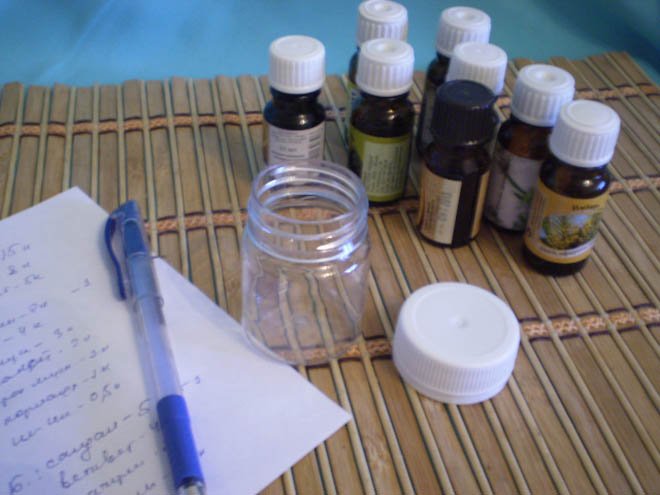
After all the trials, comparisons and searches, the next step in creating a perfume will be drawing up a formula.
The proportions are necessary for maintaining concentration, harmonious sound and possible correction of errors.
So, we take into account that the concentration of the perfume composition in the carrier substance should be 20-25%.
Then, for example, for 15 ml of perfume, we need 3 ml of essential oils, this is about 50-60 drops.
Of these, 50-60% are top notes, 25-30% are the heart of the fragrance and 15-20% are bottom notes.
Let's say our perfume formula looks like this:
Top:
grapefruit - 15 c.
orange - 8 k.
bergamot - 5 k.
Heart:
jasmine - 7 k.
rose - 4 K.
cinnamon - 3 c.
sage - 2 k.
nutmeg - 1 k.
coriander - 1 c.
ylang-ylang - 0.5 k.
Base:
sandalwood - 5 c.
vetiver - 4 k.
patchouli - 2 k.
vanilla - 1 c.
After drawing up, we proceed to mixing the oils, but even here you should not rush and immediately add everything as written on paper.
Essential oils should be added drop by drop, each time listening to the mixture for the scent.
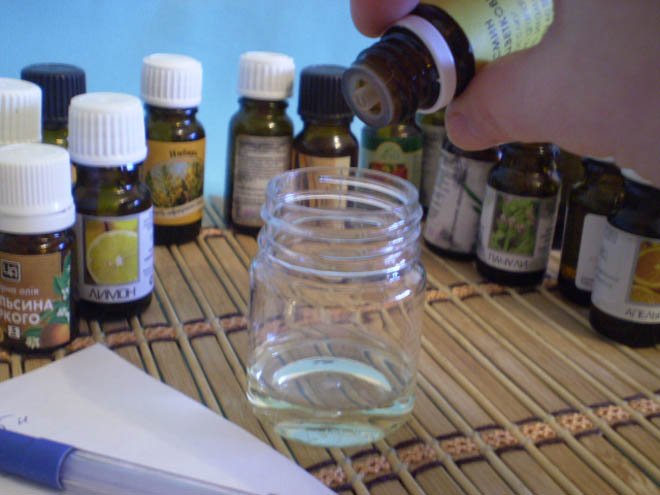
All changes and additions are made to the formula.
Do not forget that first a heart is created, we put a base on it and at the end we finish with the top of the whole composition.
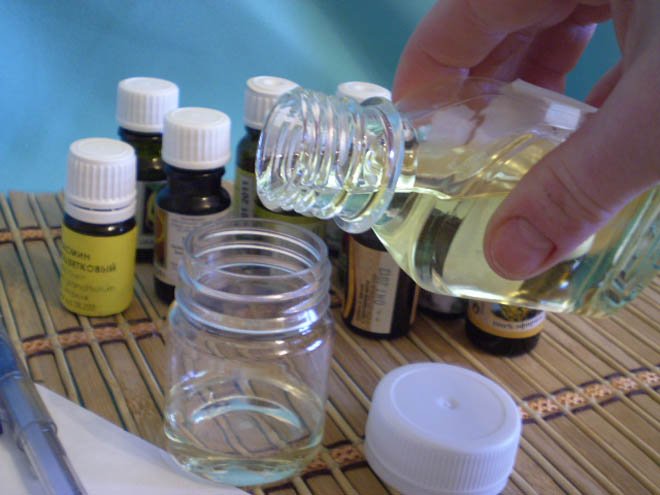
After drawing up, dilute the composition with the required amount of oil.
Leave for 3-4 days in a cool dark place to brew.
Alcoholic perfumes mature longer - from 3 weeks to one and a half months.
We pour it into a convenient bottle and are proud of ourselves as a novice perfumer.
This master class was prepared by Bardina Anna.
Anna is a real artist, she makes various jewelry - bijouterie, paints ceramics and creates new fragrances. You can familiarize yourself with her works, and purchase, on the page in the City of Masters
Comments and Reviews
Add a comment
Rating news
Shades of clothing that make women look younger
What shades of hair make women younger: rules and photos
Funny wedding dresses - photos and ideas
12 most expensive down jackets for the winter
How to look 25 at 40: tips from supermodels
Beautiful schoolgirls
Anti-aging haircuts and hairstyles for women
Fashionable skirts for autumn and winter
Fashionable women's trousers for the cold season
Fashionable and stylish sandals for summer 2024
Spring-summer 2024
 Fashionable dresses and tops with thin spaghetti straps
Fashionable dresses and tops with thin spaghetti straps
 Bandana tops: how to wear stylishly and beautifully
Bandana tops: how to wear stylishly and beautifully
 How to put together the perfect men's wardrobe for the summer
How to put together the perfect men's wardrobe for the summer
 Trendy shorts for spring-summer 2024
Trendy shorts for spring-summer 2024
 Fashionable skirts for spring-summer 2024: a guide to online shopping
Fashionable skirts for spring-summer 2024: a guide to online shopping
 The most fashionable dresses spring-summer 2024: styles and colors
The most fashionable dresses spring-summer 2024: styles and colors
 Fashionable total look 2024: image ideas and trends
Fashionable total look 2024: image ideas and trends
